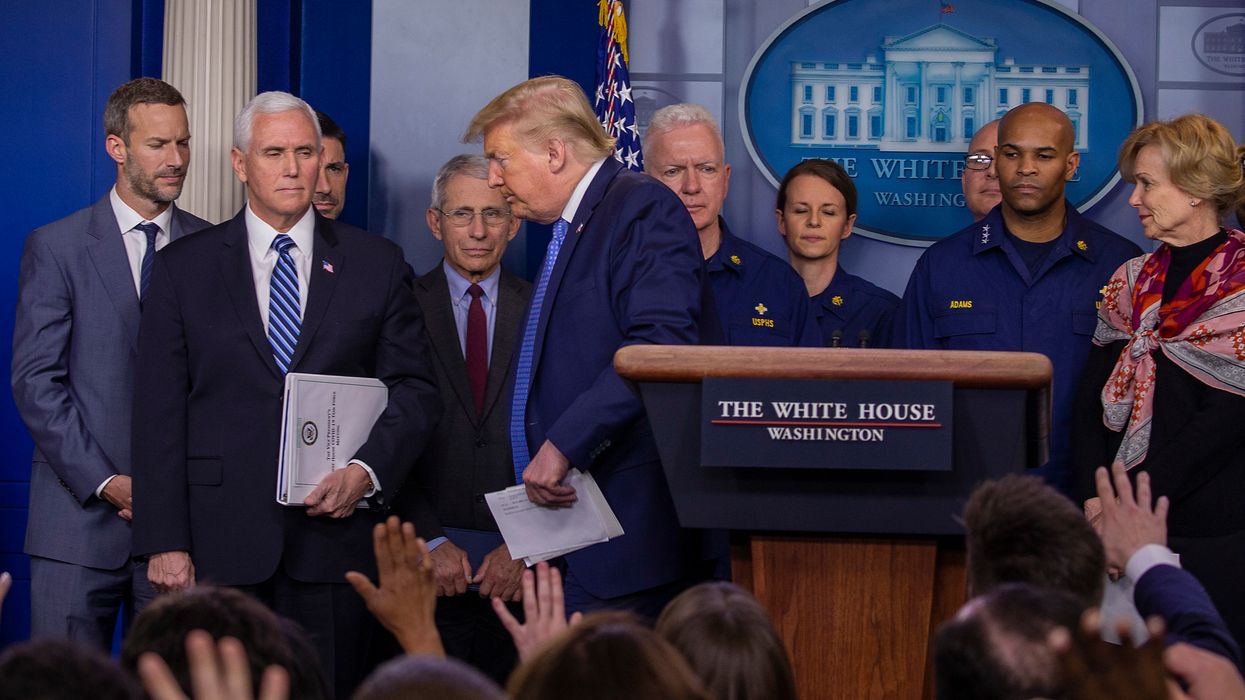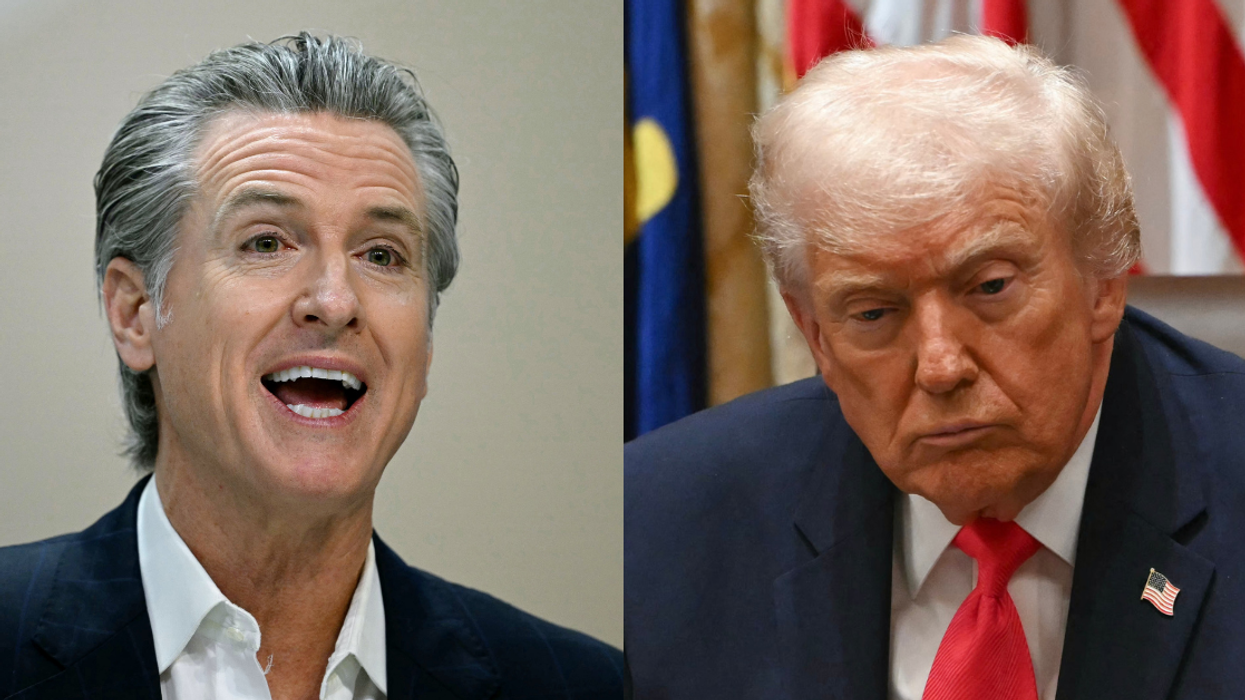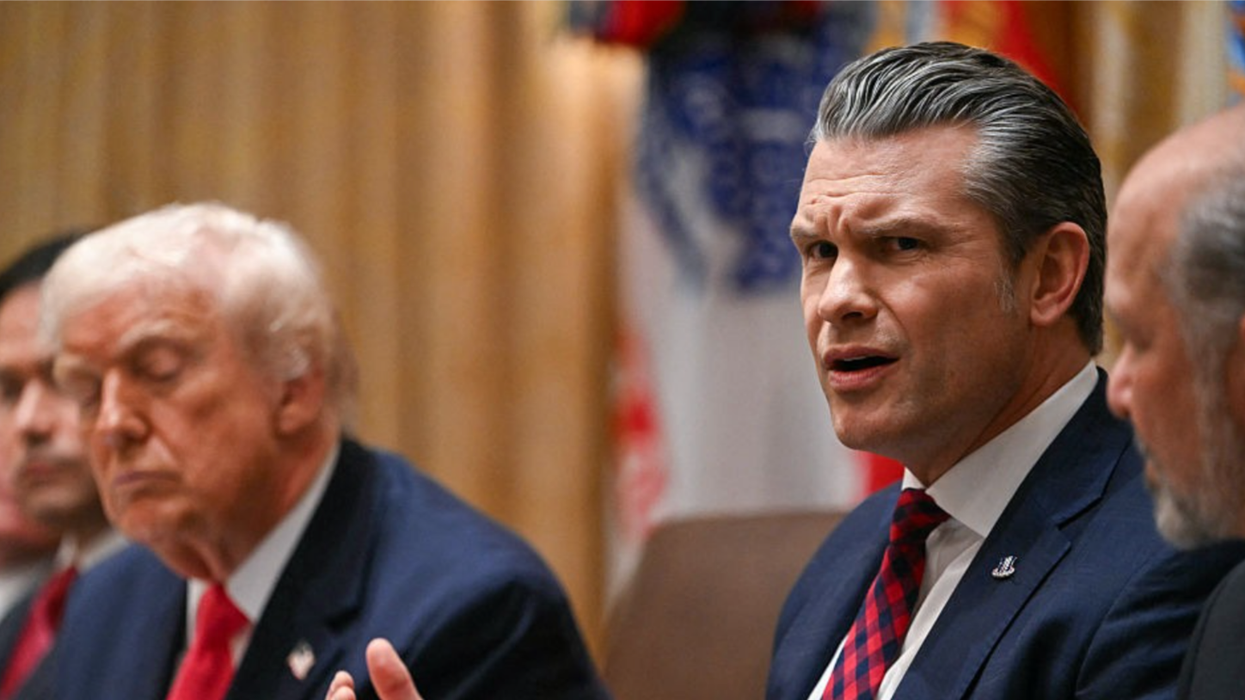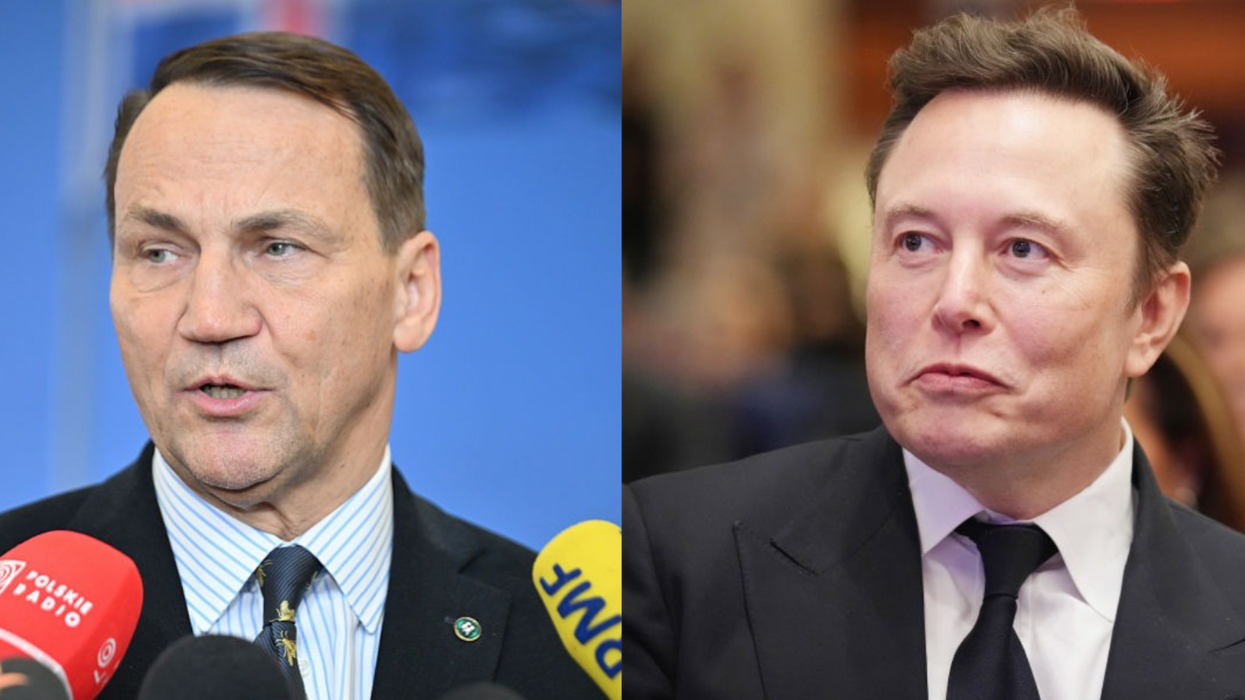President Donald Trump has made over 16,000 false statements since his inauguration, from matters as petty as his father's birthplace to as consequential as the path of an oncoming hurricane.
Never in modern history has a President so easily, shamelessly, and repeatedly told such easily disprovable lies.
Occasionally, journalists will face criticism for framing the truth as though it were an opinion and Trump's lie as an equally valid one.
Such was the case in a recent New York Times headline regarding Trump's false suggestion that there's no longer a shortage of accessible testing for the virus that's caused a national health and economic crisis in the United States.
Governors have repeatedly warned Trump that there aren't enough tests, and though Trump points out that the United States has tested more people than any country in the world, the per capita data shows that tests have been far too few to get an accurate assessment of just how widely the virus has spread.
Nevertheless, the New York Times headline read:
"Trump Suggests Lack of Testing Is No Longer a Problem. Governors Disagree."
Yale infectious disease expert Gregg Gonsalves didn't hesitate to point out the dangers posed by a lack of immediate fact-checking in the headline.
Gonsalves called the headline "journalistic malpractice," pointing out that an increase is testing is imperative if the widespread national lockdown is to end any time soon.
But one of the report's authors—Jonathan Martin—wasn't open to the criticism.
Gonsalves—who was an activist with ACT UP in New York during the AIDS epidemic—wasn't afraid to respond.
People didn't take kindly to Martin's dismissal of Gonsalves.
Not a good look.








 Ash Stanton/Facebook
Ash Stanton/Facebook Laura Sprinkle/Facebook
Laura Sprinkle/Facebook Akira Karasu/Facebook
Akira Karasu/Facebook Cevanna Gilbert/Facebook
Cevanna Gilbert/Facebook Troy Adam/Facebook
Troy Adam/Facebook






 @GovPressOffice/X
@GovPressOffice/X
 @realDonaldTrump/Truth Social
@realDonaldTrump/Truth Social